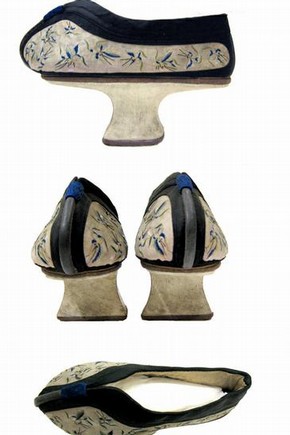Research Paper Triterpenoid Saponin W3 from Anemone.
Journal of Poisonous and Medicinal Plant Research Vol. 1(1), pp. 001-006, May, 2013. Sephadex LH-20 Chromatography, DCCC, preparative paper chromatography and TLC were also used for the separation and isolation of saponins. The structures of saponins were determined by several. Saponins are recognized by their ability to produce a.Several biological effects have been ascribed to saponins. Extensive research has been carried out in the membrane-permeabitising, immunostimulant, hypocholesterolaemic and anticarcinogenic.ABSTRACT Saponins are secondary metabolites with high molecular weight. They present in a wide range of plant species and are distributed throughout the bark, leaves, stems, roots and even flowers.
Research Paper Efficacy of a Novel Fenugreek Seed Extract (Trigonella foenum-graecum, FurocystTM). extract, enriched in approximately 40% furostanolic saponins, over a period of 90 consecutive days. The study was conducted to determine its efficacy on the reduction of ovarian volume and.Research Paper Ophiopogon Saponin C1 Inhibits Lung Tumors by. Fang Li, Junping Kou, Boyang Yu Jiangsu Key Laboratory of TCM Evaluation and Translational Research, School of Traditional Chinese Pharmacy, China Pharmaceut ical University, 639 Longmian Road, Nanjing 211198, China.. Ophiopogon Saponin C1 is a new chemical compound isolated from.

Saponins are the main compound present in species of this genus and showed many pharmacological properties as antioxidant, antidiabetic, anthelmentic, antibacterial, hepato protective, anti-inflammatory and cytotoxic. The present investigation reviews the main saponins pharmacologically active of species of the genus Albizia.












